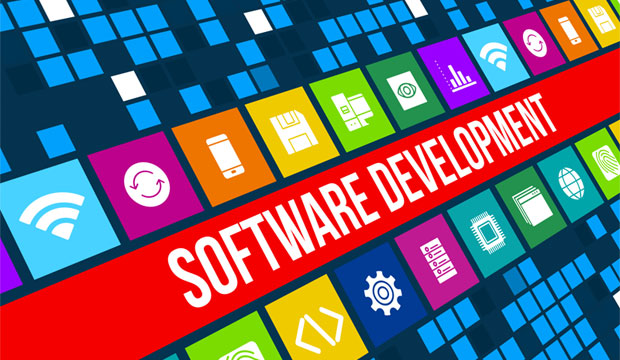We’ve seen a rapid progression from conventional software bought through a license to cloud-based solutions that sell for a song — and in theory could sell through barter at some point.
I am not a big fan of zero marginal cost economics, in which prices drop to zip because buyers take into account only the cost of the marginal good and not the time, effort, and other resources that went into making it No. 1.
That said, the story of economics is ever-declining prices and costs, as product innovations take on ever-larger markets. At the same time, products commoditize, but they never get to the point of being free. It’s summarized in the pithy phrase, “trees don’t grow to the moon.”
All this could change, given the new platform technologies on the market today, but it will take a cultural change as well. Platform technology — a form of commoditization, along with cloud computing in general — has made it ever faster and less costly to develop good business applications rapidly and at ever declining costs.
Orphan Applications
You can see this in the platform approaches of Salesforce, as well as those of emerging companies like Metavine. Both companies are clients, and each represents a different take on the application development model.
As you know, Salesforce also has an AppExchange, where third-party vendors can sell their applications based on the Salesforce platform. It’s a robust market, and many emerging businesses have gone all in with Salesforce and are making money.
Some even have gone public, and others are waiting. That’s one model, and one of its striking characteristics is that it still can support a more or less conventional pricing model.
Salesforce also positions itself as a development platform for one-off applications — the kinds of things that businesses develop in-house to do some quirky job in support of the secret sauce that virtually no one else would have an interest in.
This too is a highly worthwhile effort, since there always has been more demand for software than an IT department could crank out, and departments were left to develop orphan applications using paper, spreadsheets, or development tools that don’t hook up with the rest of the organization.
Those orphan applications offer companies like Metavine an opening. As it turns out, the more you know about business and its software demands, the less you see truly unique application requirements. However, you do see burgeoning demand for apps that never will be profitable — apps that fly under the radar. Those apps have such thin markets that no company could make a living catering to them.
Innovator’s Dilemma
The Metavines of the world have an advantage of the innovator’s dilemma variety. Metavine recently released its Genesis product, which is more or less a way to barter one application for another. Each application might support some orphan process, and each might not have a market — but the businesses that develop these apps understand there is intrinsic worth in them, if only because they represent a completed development that each would prefer to avoid.
So, Genesis becomes a meeting place where all such parties can trade one app for another, either immediately or sequentially. Either way, the parties get to realize the value inherent in their apps by using it to acquire other apps. That’s barter.
Salesforce, in theory, could do the same thing — but it would represent a significant departure, requiring it to loosen its standards for allowing an app onto the AppExchange. That would complicate life for the partners trying to make a living from their software, which is why it’s a perfect innovator’s dilemma moment.
Metavine and companies like it are disrupting the market with a development platform — which is how they generate revenue — from the grass roots.
At the moment, the products of development with Metavine are free, but there’s no reason for them to remain that way. Also, Salesforce, which knows a thing or two about market disruption, will need to monitor the situation carefully for obvious reasons.
Metavine represents a different model at the moment, but it also demonstrates why it’s so hard to get all the way to zero marginal cost. At some point, but not always, the commodity becomes a new entity and the innovation cycle renews. New seeds sprout — but they won’t reach the moon either.
























































